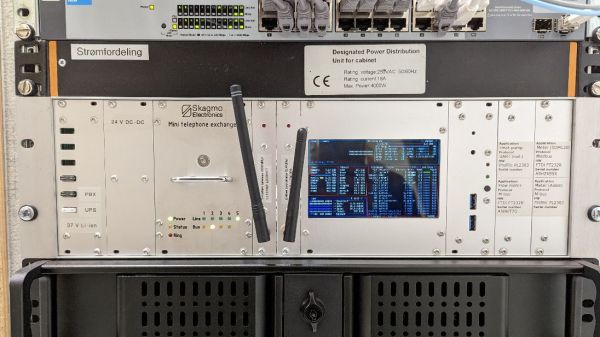Those who haven’t experienced the destruction of a house fire should consider themselves lucky. The speed with which fire can erase a lifetime of work — or a life, for that matter — is stunning. And the disruption a fire causes for survivors, who often escape the blaze with only the clothes on their backs, is almost unfathomable. To face the task of rebuilding a life with just a few smoke-damaged and waterlogged possessions while wearing only pajamas and slippers is a devastating proposition.
As bad as a residential fire may be, though, its impact is mercifully limited to the occupants. Infrastructure fires are another thing entirely; the disruption they cause is often felt far beyond the building or facility involved. The film below documents a perfect example of this: the 1975 New York Telephone Exchange fire, which swept through the company’s central office facility at the corner of 2nd Avenue and 13th Street in Manhattan and cut off service to 300 blocks of the East Village and Lower East Side neighborhoods.
Continue reading “Retrotechtacular: Rebuilding A Fire-Ravaged Telephone Exchange”
















